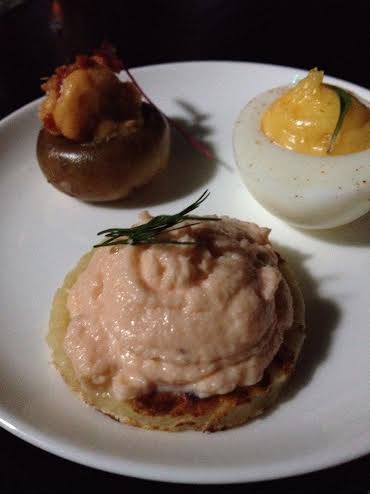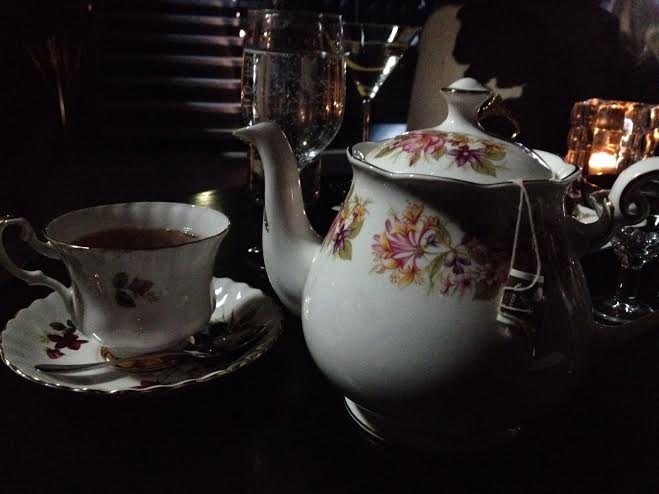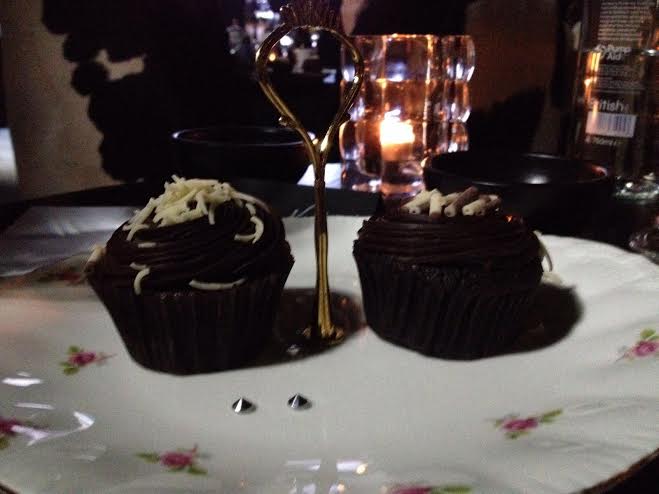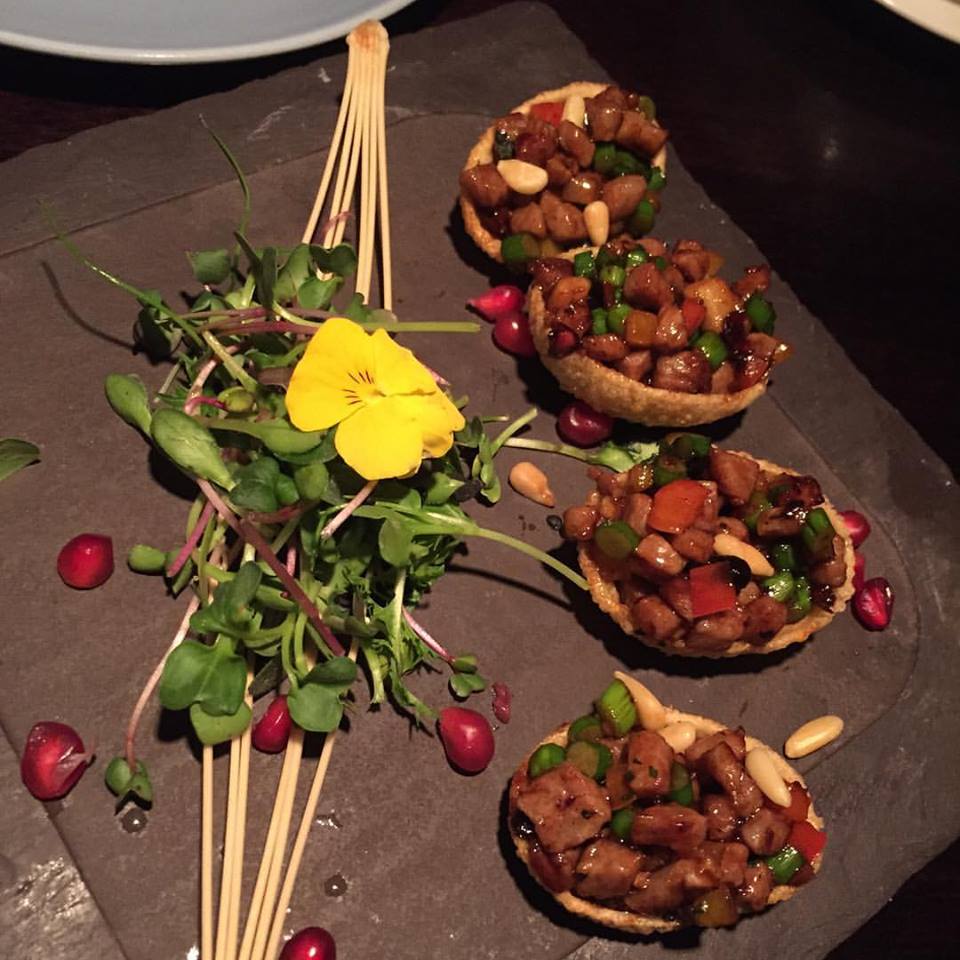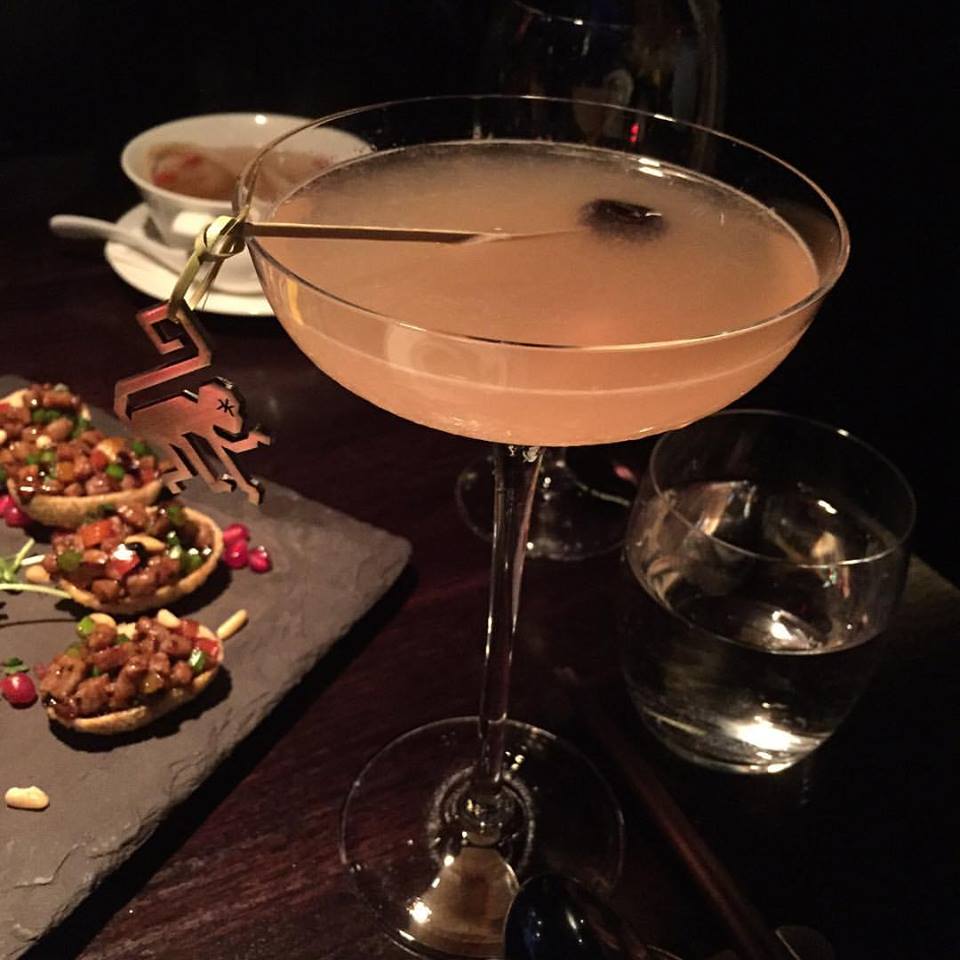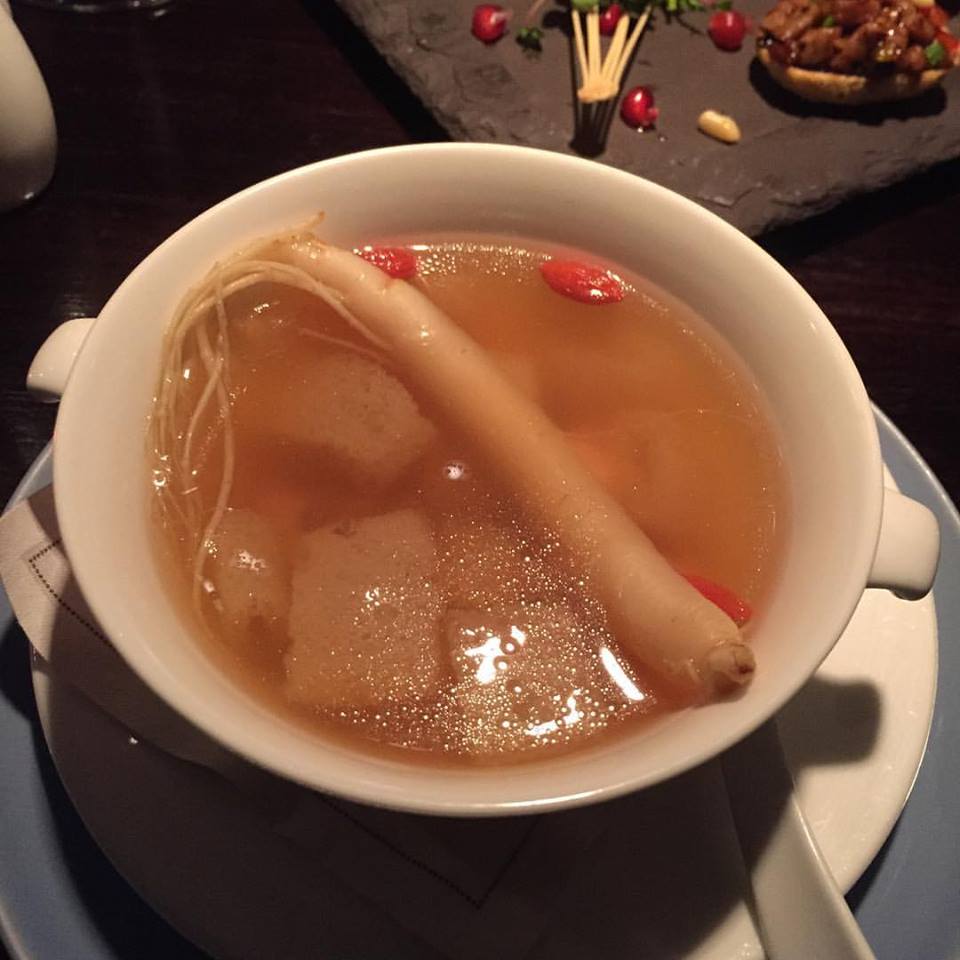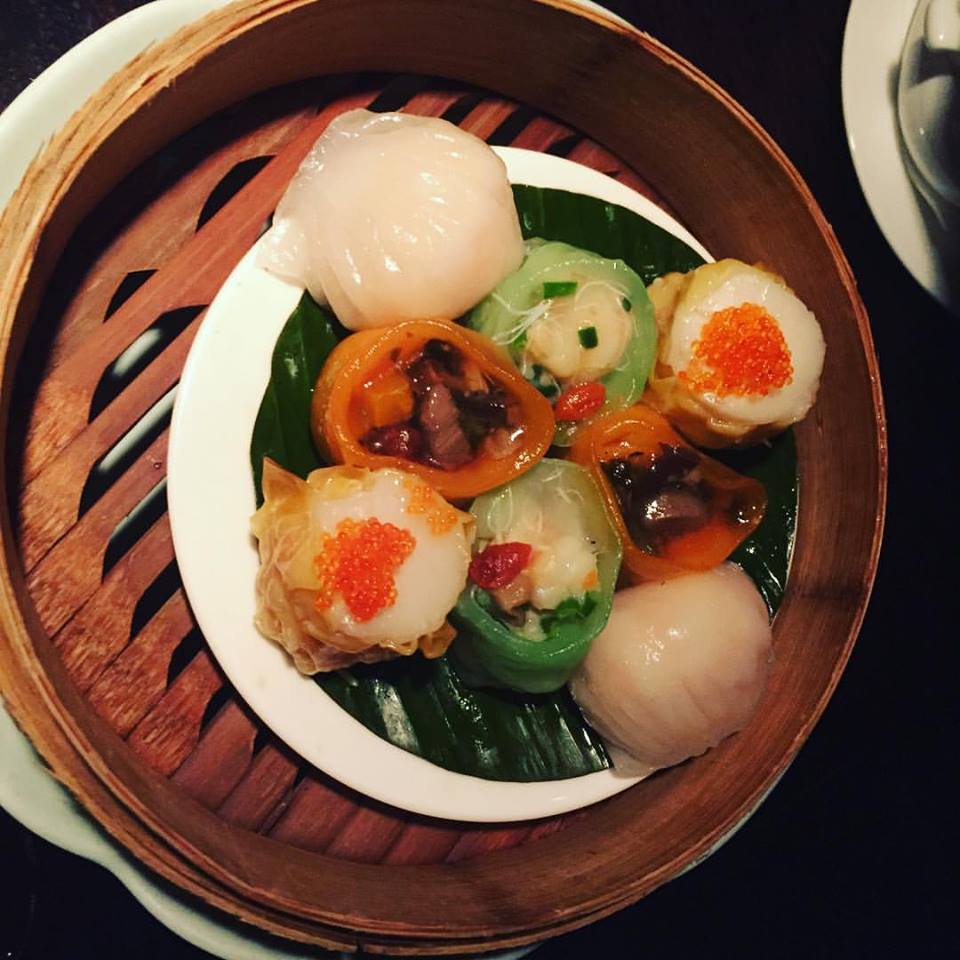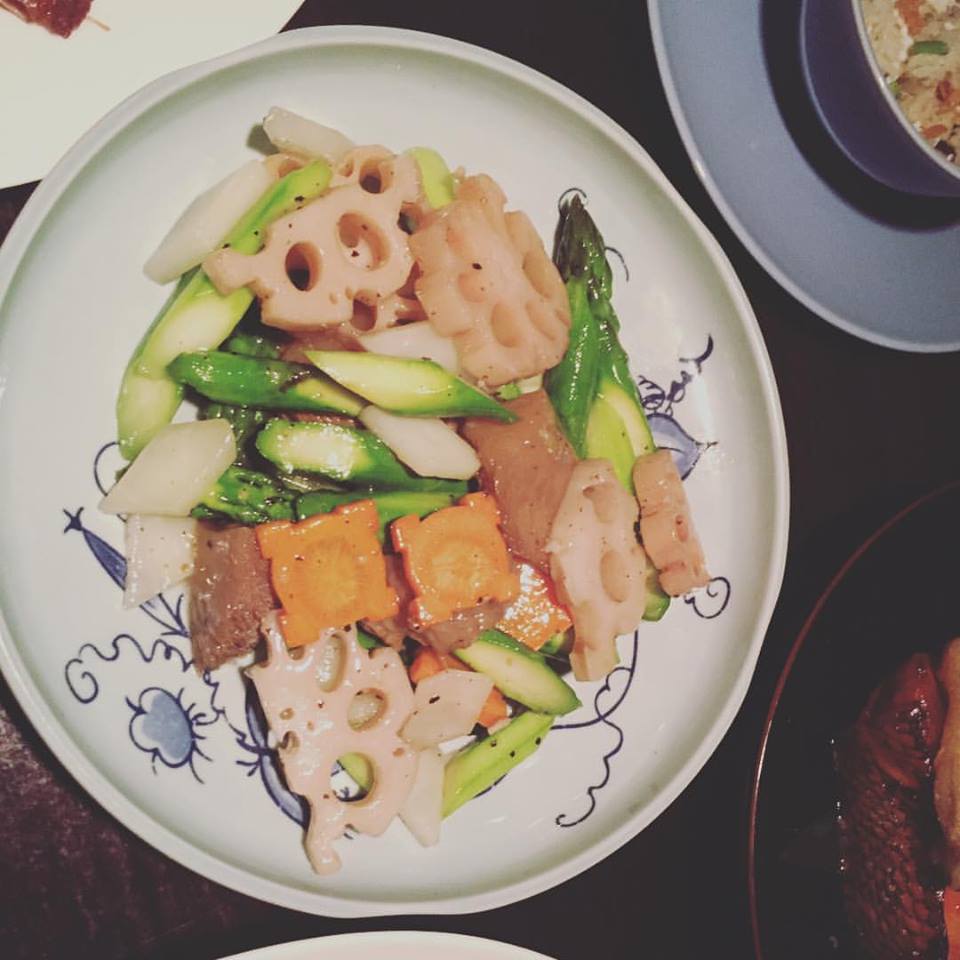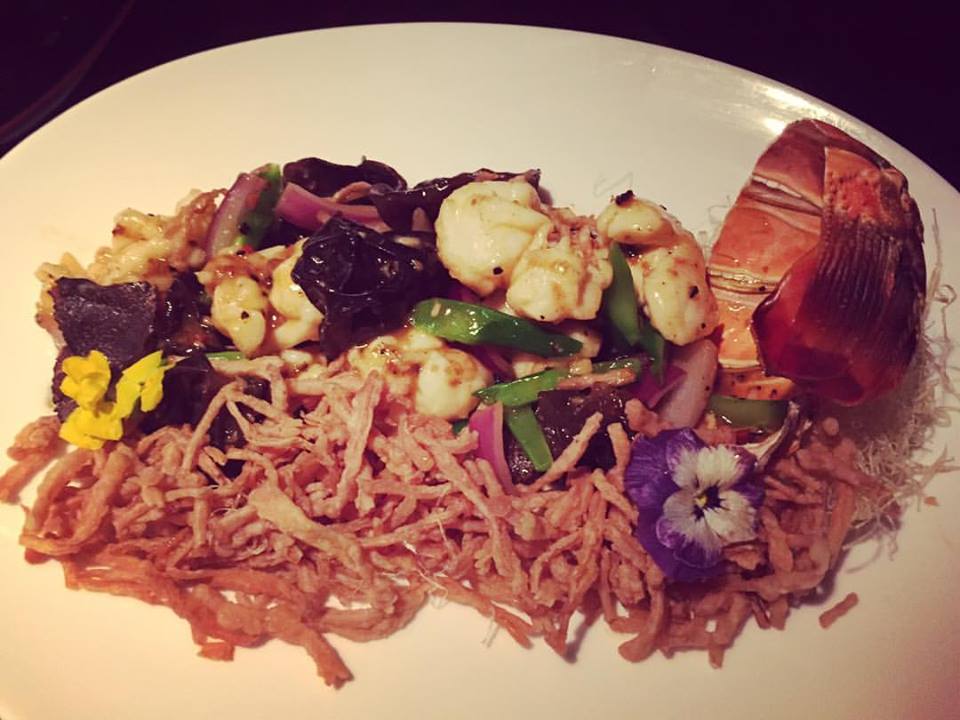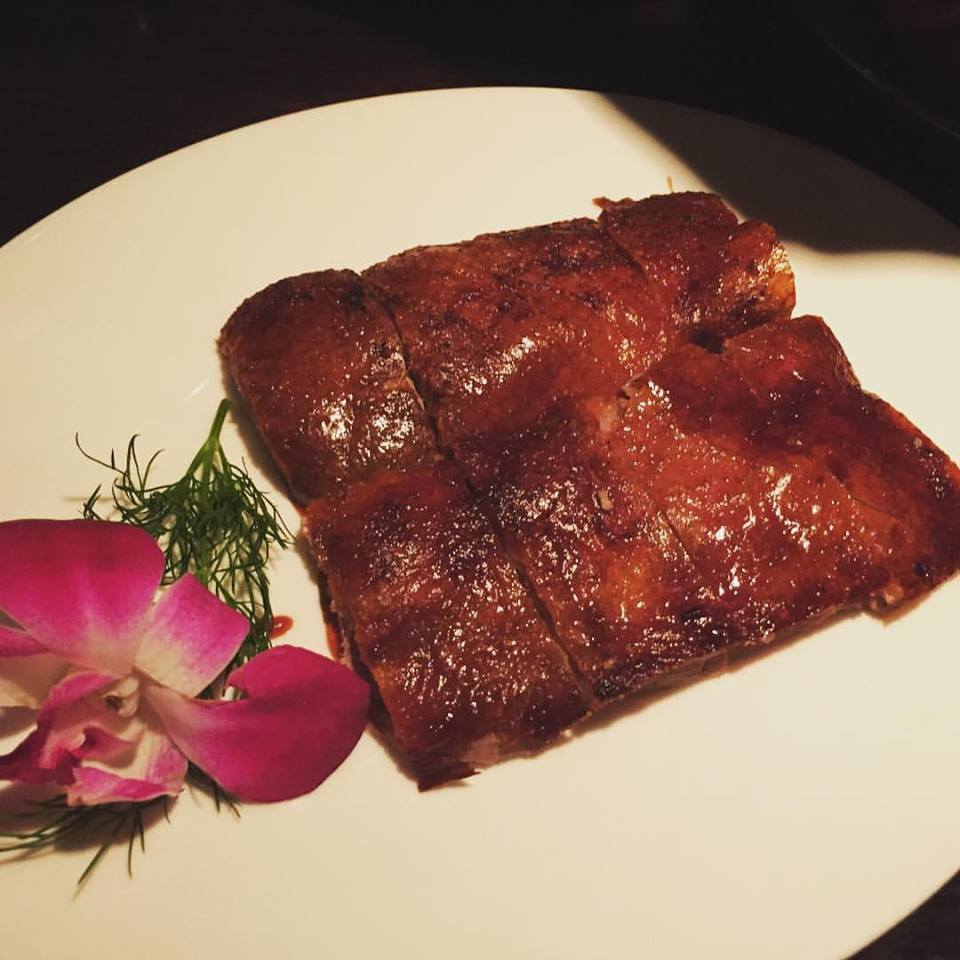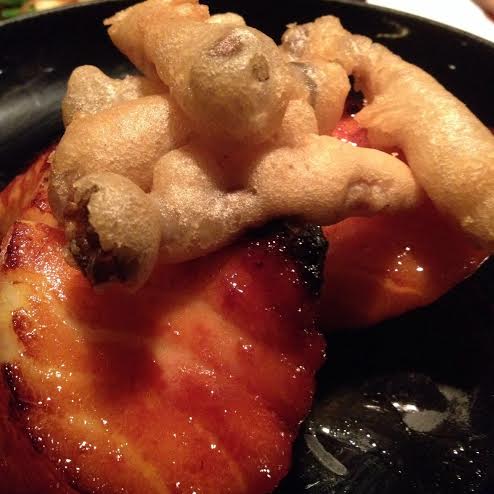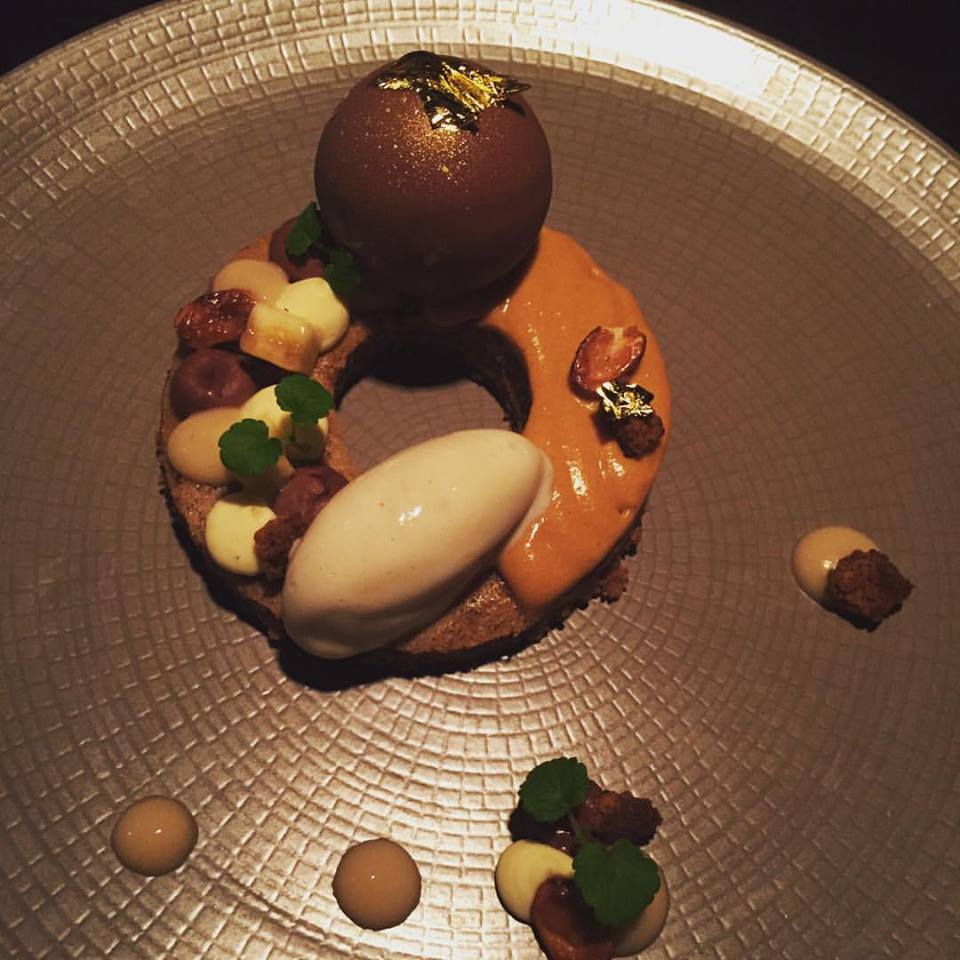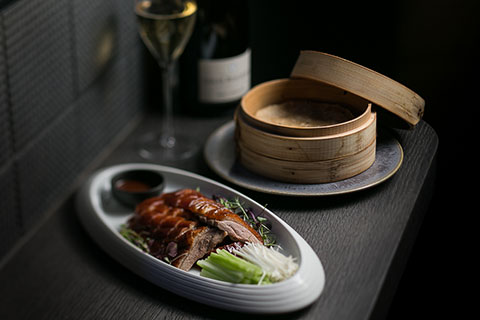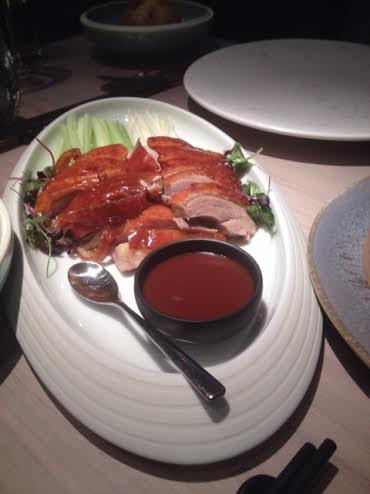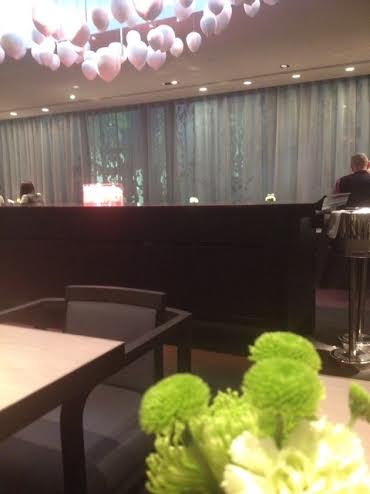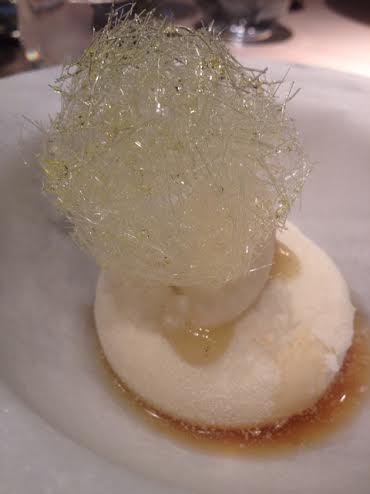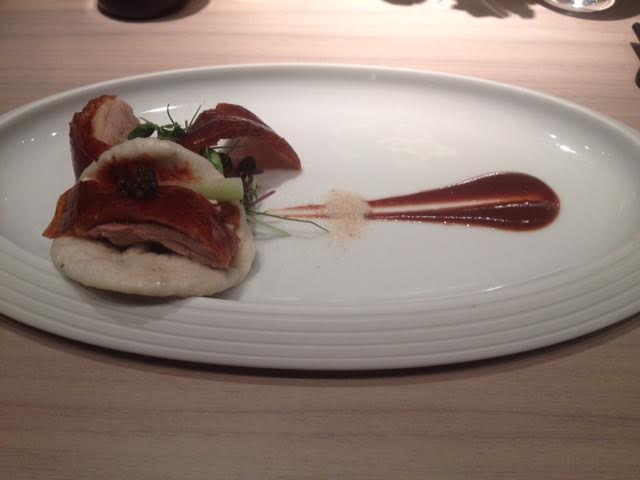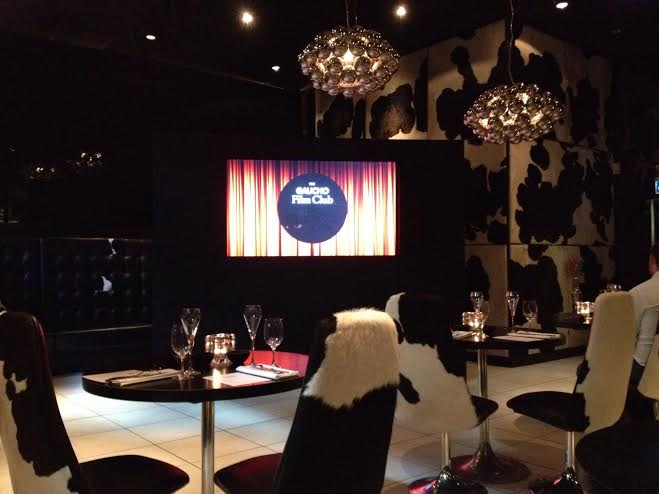
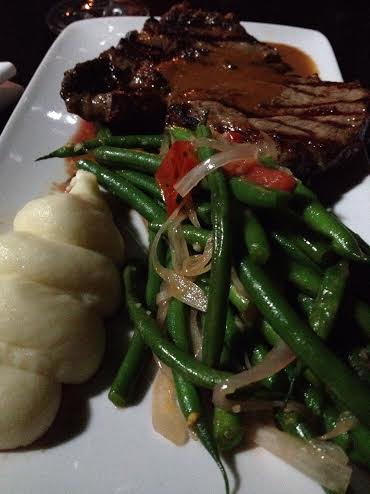 The Great Gatsby is one of my favourite novels and I loved the original film starring Robert Redford, so I jumped at the chance to view the remake in the intimate setting of the Gaucho restaurant just behind Goodge Street.
The Great Gatsby is one of my favourite novels and I loved the original film starring Robert Redford, so I jumped at the chance to view the remake in the intimate setting of the Gaucho restaurant just behind Goodge Street.
With its cowhide wall panels and jet-black interior, it provided the perfect backdrop for the screening.
The waiters and waitresses were dressed in 1920s gear, which added a 3D twist to the session and the overall experience brought the screen to the stage of the restaurant.
It boasts of the experience: “In true Gaucho Film Club Style, what’s on the screen will be on your plate”.
We sampled the fare of the roaring 20s and joined the actors as they chinked their champagne flutes and sipped on vodka martinis at the many parties held at the residence of Jay Gatsby (Leonardo DiCaprio).
All dishes and drinks were bought out with military precision as described in the programme, and the ribeye steak was expertly seared to retain all the juice and tenderness of the beef. The mash was creamy and the al dente green beans were covered in a delicate buttery sauce.
Minutes later as the champagne corks popped on screen during the wild and decadent parties, our very own cold Chandon was brought to the table.
Once Nick Carraway – Gatsby’s neighbour and cousin of Daisy Buchanan whom Gatsby is in love with – received an invitation to attend one of the parties, we also indulged in a vodka martini with a slither of lemon to celebrate the inevitable meeting of the past lovers.
As Gatsby and Daisy meet for the first time in years after being invited by Nick for afternoon tea, we were also treated to a chocolate cupcake and tea served from beautiful bone china. The cupcake was rich, sweet and moist.
We enjoyed a welcome reprieve from the alcohol as the tea was followed by freshly squeezed orange juice. But it wasn’t long until the next party and so we sampled salmon mousse, devilled eggs and stuffed mushrooms – perhaps the canapés of choice from the era.
Elegantly simple, the little canapés packed a punch as the soft mushroom was filled with a smokey paprika-like flavour while the egg yolk was creamy and the white perfectly boiled.
The salmon mousse was the star of the trio as the fishy taste was eased by the sprinkle of dill.
The special menu allowed for one final tipple – a tumbler of whisky over ice. It had a heavy charcoal accent and it was the perfect end to a wonderful experience.

